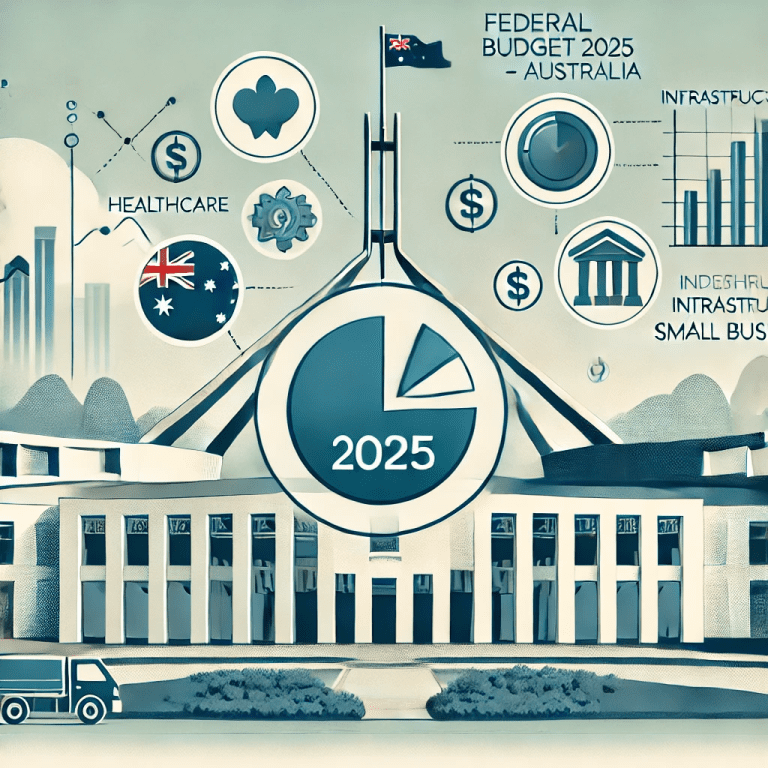
With interest rates at an all-time low, and many lender’s fixed rates lower than their variable options, locking in an interest rate on your home loan to guard against possible future fluctuation may be attractive. However, it pays to know the ins and outs of fixed-rate loans before committing to one.
When purchasing a property, refinancing or just renegotiating with your current lender, borrowers can generally decide between fixed-interest loans that maintain the same interest rate over a specific period of time, or variable-rate loans that charge interest according to market rate fluctuations.
Fixed-rate loans usually come with a few provisos: borrowers may be restricted to maximum payments during the fixed term and can face hefty break fees for paying off the loan early or switching to variable interest during the fixed rate period.
However, locking in the interest rate on your home loan can offer stability.
“For those conscious of a budget and who want to take a medium-to-long term position on a fixed rate, they can protect themselves from the volatility of potential rate movement,” a finance broker says.
Fixed rates are locked in for an amount of time that is prearranged between you and your lender.
“There are some lenders that offer seven-year or 10-year fixed terms, but generally one to five years are the most popular,” the finance broker says. “The three and five-year terms are generally the most popular for customers because a lot can change in that time.”
Further to this, fixed-rate loans can also be pre-approved. This means that you can apply for the fixed-rate loan before you find the property you want to buy.
“When you apply for a fixed rate, at the point of application you can pay a fixed rate lock-in fee also known as a ‘rate lock’, which will, depending on the lender, give you between 60 and 90 days from the time of application to settle the loan at that fixed rate,” the broker explains.
“You pay a fee to protect your interest rate. Alternatively, you can choose to lock the rate in at the time of actual approval.”
Pre-approval helps you to discern how much money you are likely to have approved on official application. Knowing that your potential lender will offer a fixed-term fixed interest loan gives further peace of mind for those borrowers looking to budget precisely rather than be susceptible to rate fluctuations.
In addition, borrowers should consider the possibility of arranging a ‘split’ loan. This option allows you to split your loan between fixed and variable rates – either 50/50 or at some other ratio. This can allow you to ‘lock in’ a fixed interest rate for up to 5 years on a portion of your loan, while the remainder is on a variable rate which may give you more flexibility when interest rates change and potentially minimise the risks associated with interest rate movements. Also, be aware that at the end of the fixed-rate term, your loan agreement will include information about how the loan will then be managed by the lender, usually to a ‘revert’ variable rate – which may not be the lowest the lender offers.
Australian Mortgage Corporation are loan specialists. Speak to a us about how to finance your property purchase and whether you are eligible for pre-approval.




